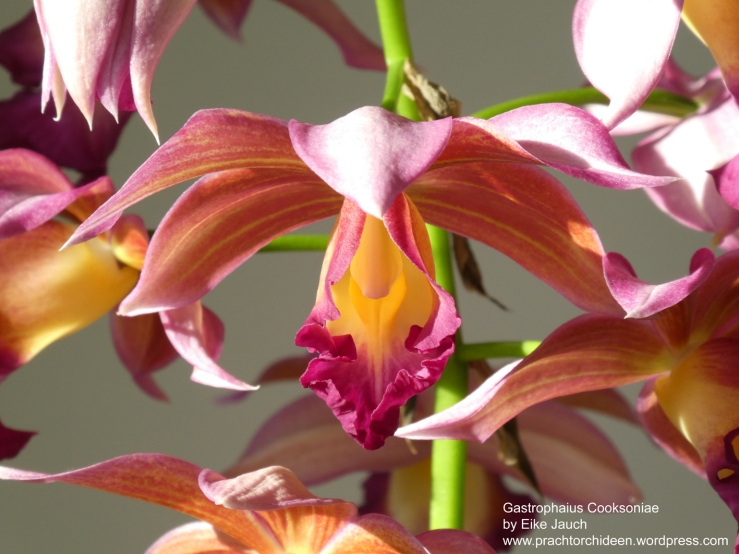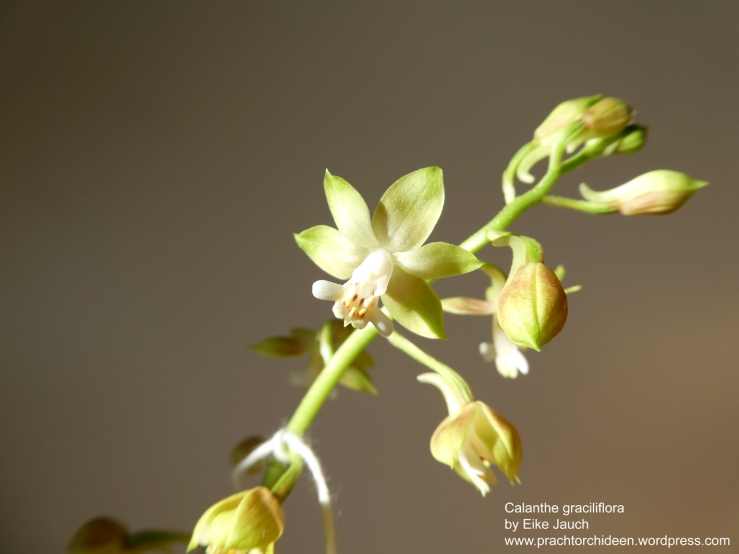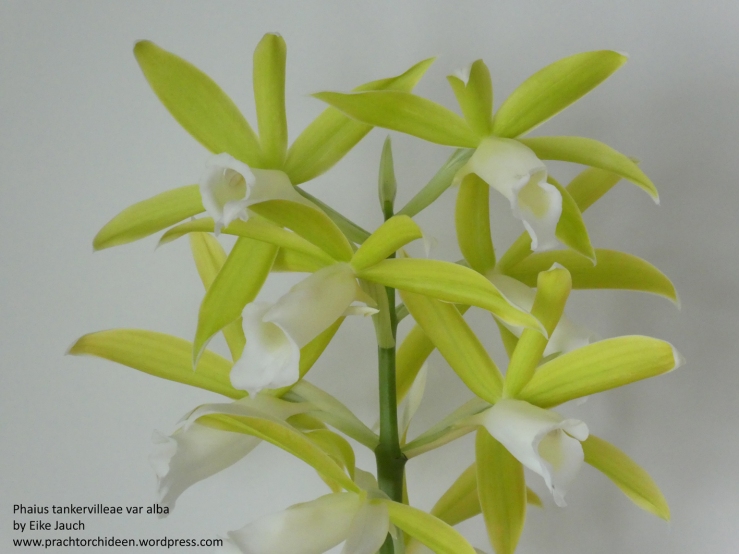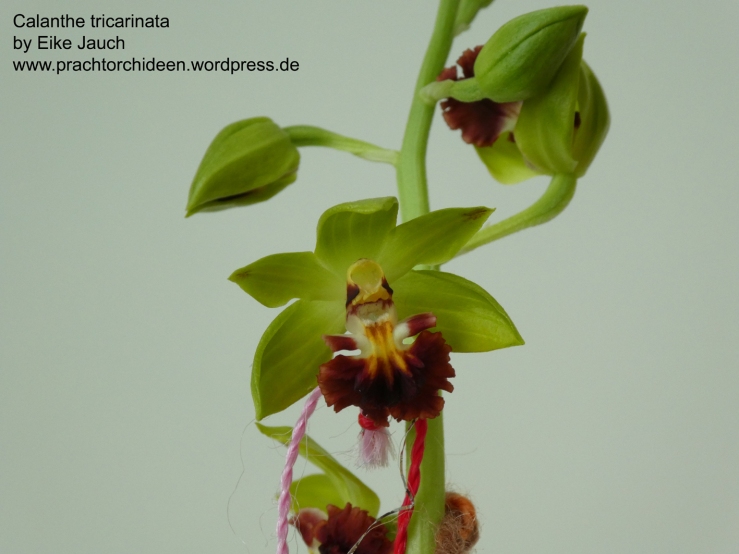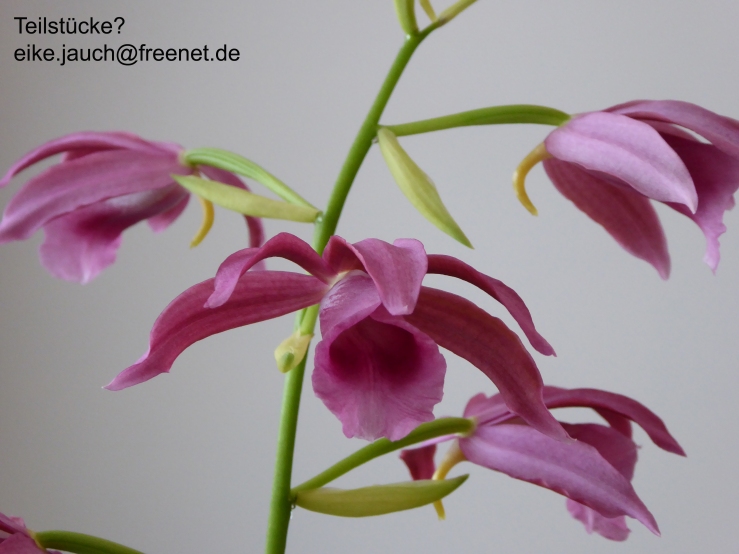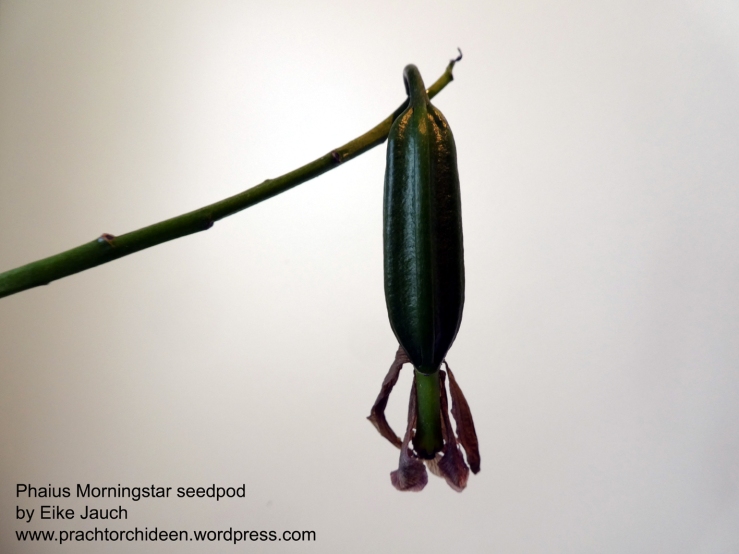Nyan Tun is a Myanmar Floriculturists’ Association research committee member and found a new orchid species in Myanmar in 2008. As he was not sure wether he dicovered a new species or not, he sent the dicovered Phaius to Dr. Saw Lwin, the association’s resident orchid expert. It took some time until the Phaius, which was located in Taunggyi, Shan State, flowered. The Myanmar Forest Department issued a CITES, so the plant could be sent to Singapore Botanical Gardens. Experts there classified the orchid as Phaius takeoi, which is a new species to Myanmar. In Myanmar, this Phaius is locally called the seti orchid.
In 2010, H.Kurzweil, S.Watthana and S. Lwin published a paper in Gardens’ Bulletin Singapore 62(1): 105-109: Phaius takeoi (Orchidaceae) newly recoded from Thailand and Myanmar. Phaius takeoi grows in moist, broad-leaved forest. The plants collected in Thailand grew in a marshy spot in evergreen forest. In Myanmar, Phaius takeoi was found in moist soil near streams.
Phaius takeoi may grow up to 1 meter tall. Inflorescences arise from the lower nodes of the pseudobulbs and may grow up to 60 centimeter tall. Once it was observed that a sidebrach formed on the inflorescence.
In Phillip Cribb and Judi Stones ‘Lady Tankerville’s Legacy’ the distribution aerea from Phaius takeoi is indicated with Nothern Thailand, Central Taiwan, Nothern Indo-China and South-West China (southern Yunnan). Myanmar therefore should be added to the distribution area of Phaius takeoi, whose flowers are said to produce an elegant aroma. According to an article published in Myanmar Times, Phaius takeoi can also be found in Vietnam. It is found in 500 to 1400 meters.
The inflorescences arise from the basal or lower nodes of the stem and show four to ten flowers according to Lady Tankerville’s Legacy, five to fifteen flowers according to Myanmar Times. The lenght of the inflorescence does not exceed 55 cm. In Myanmar it flowers in July and August, but from October to December in other countries. Phaius takeoi can be seen in National Kandawgyi Garden in Pyin Oo Lwin. It is named after Takeo Ito, the Japanese botanist who discovered this beautyful species.
Read more about Phaius takeoi in my blog:
https://prachtorchideen.wordpress.com/2018/01/27/drachenkinder-jede-vierte-phaius-kommt-im-reich-der-mitte-vor/
https://prachtorchideen.wordpress.com/2018/05/05/die-systematik-der-gattung-phaius-nach-judi-stone-und-phillip-cribb/
https://prachtorchideen.wordpress.com/2018/10/10/die-registrierten-hybriden-der-phaius-tankervilleae/
and
https://prachtorchideen.wordpress.com/2018/12/15/die-hybriden-der-phaius-mishmensis/

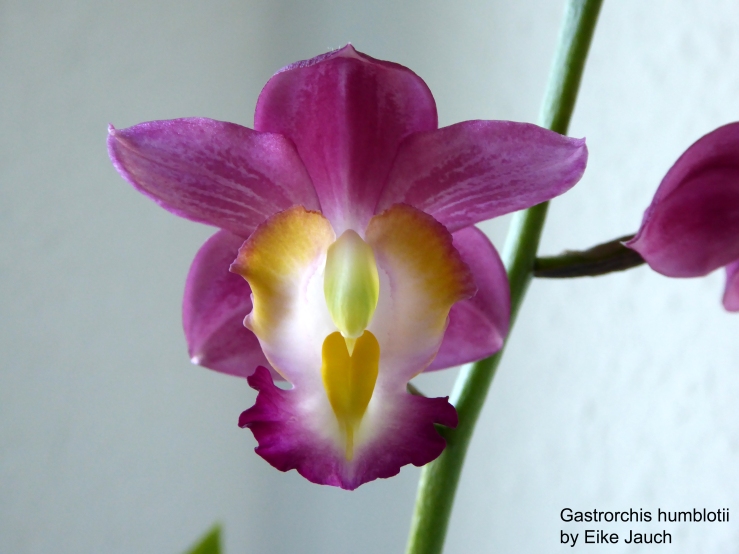
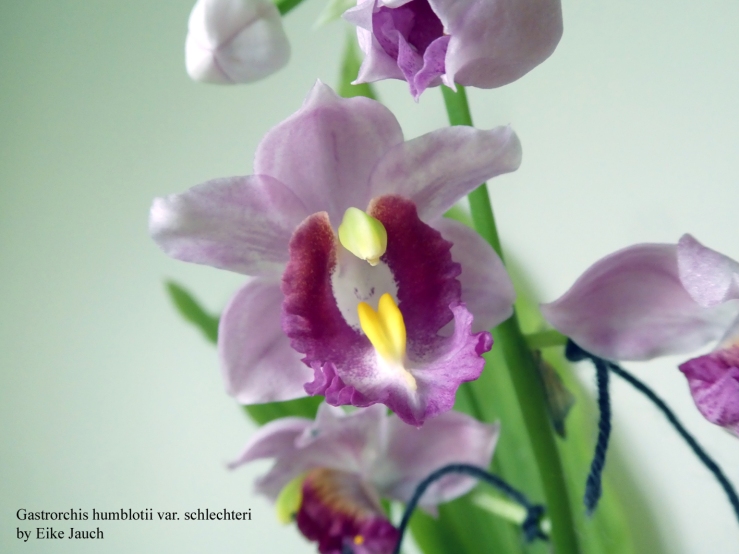
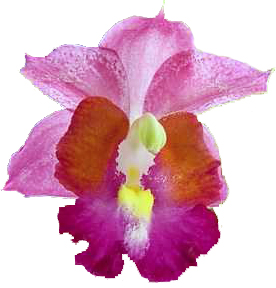

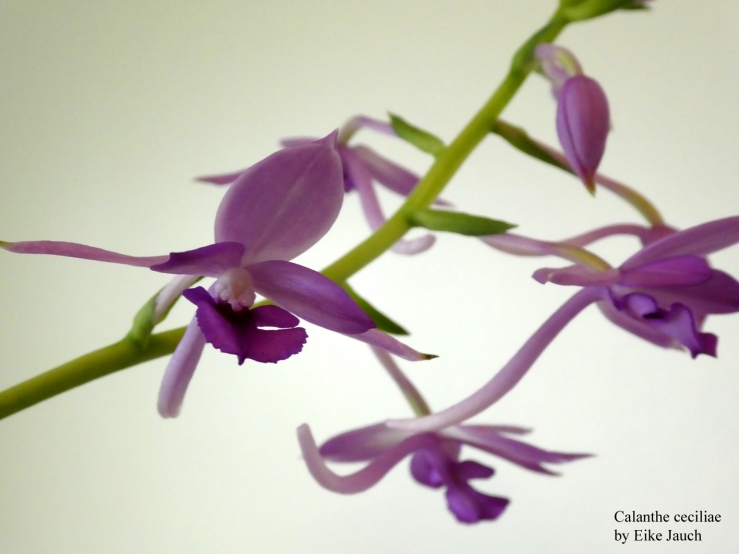
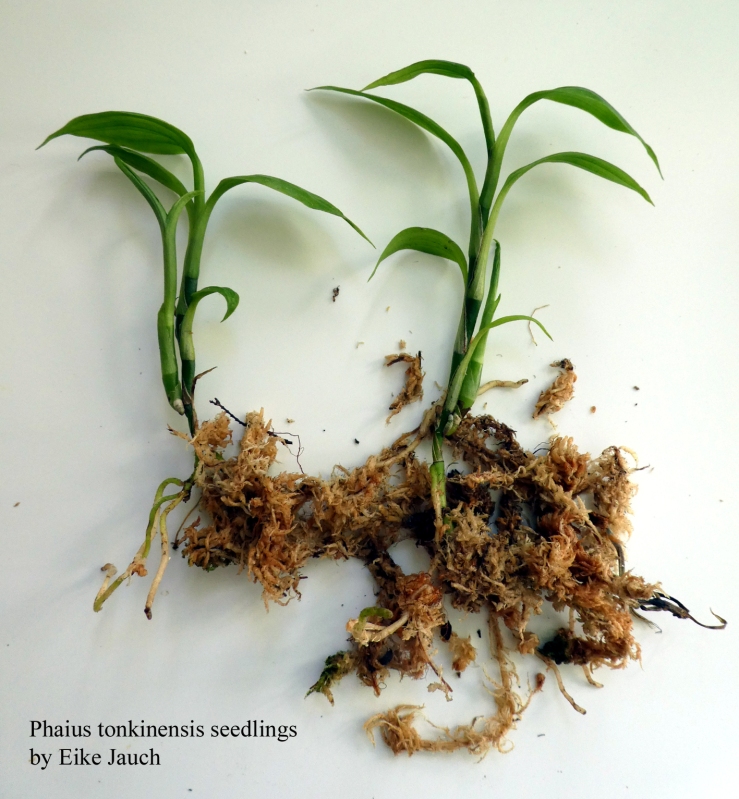
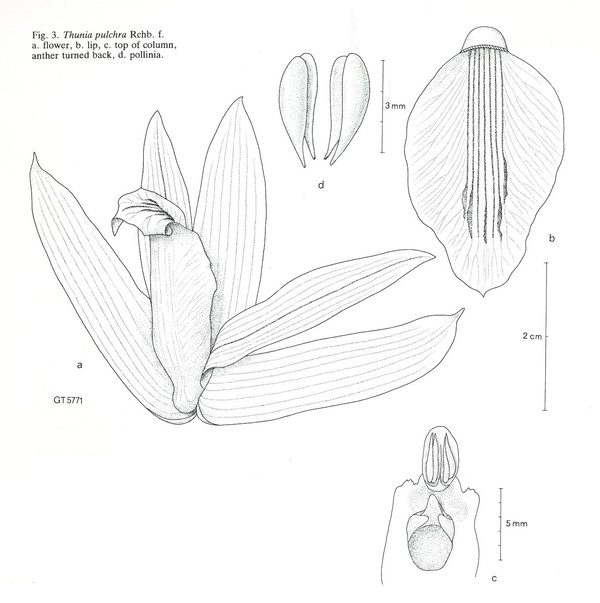
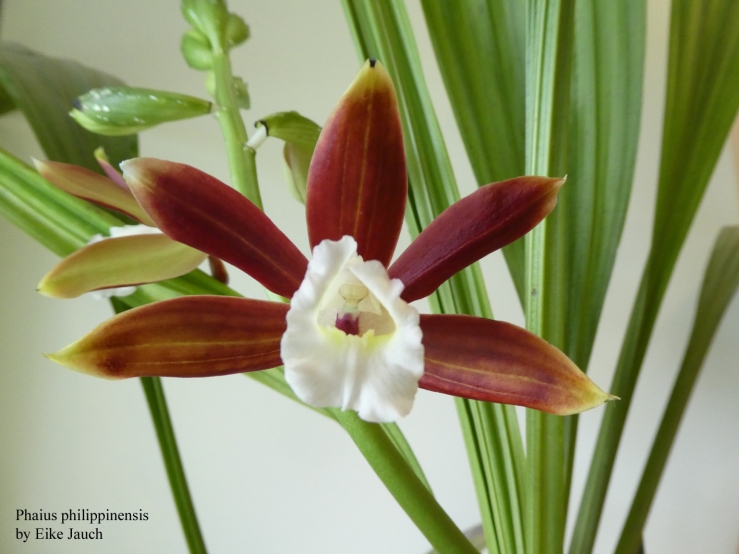
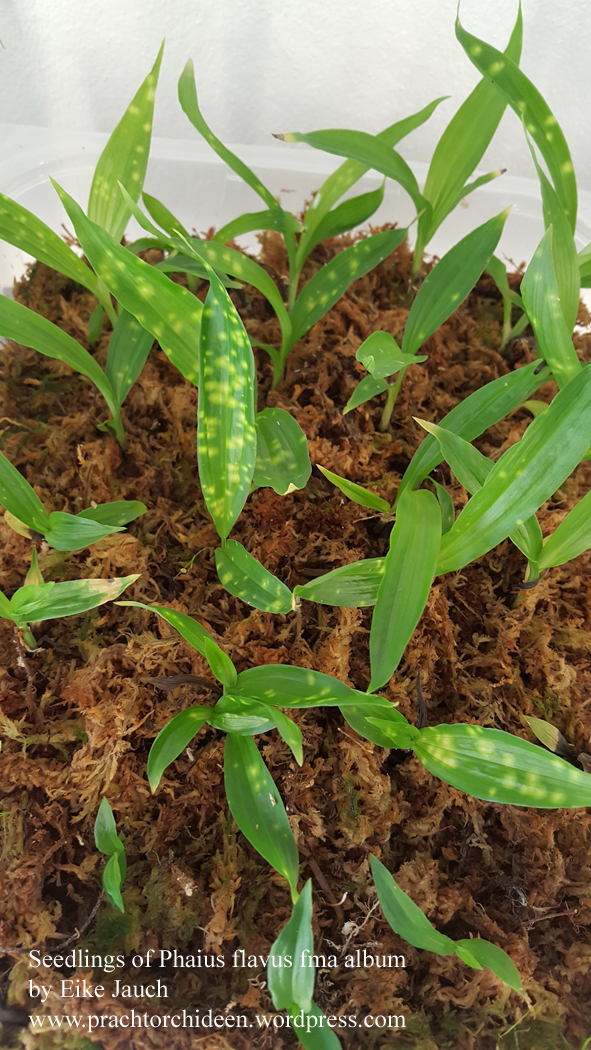
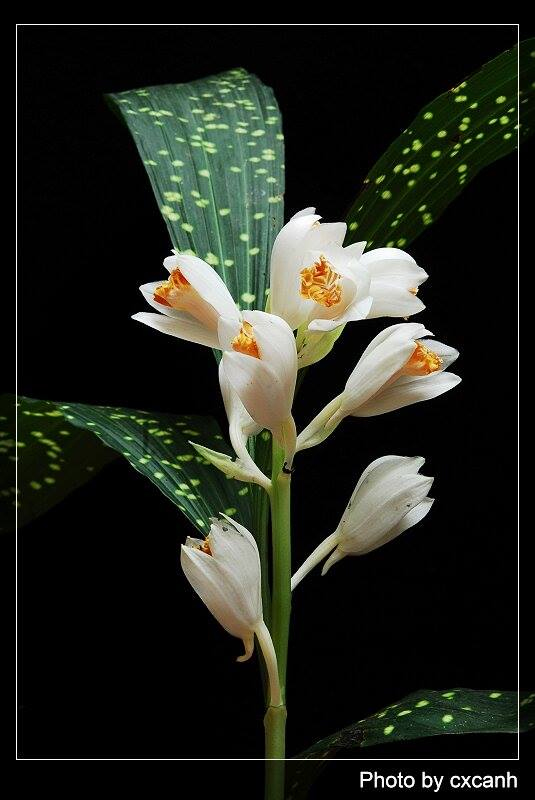

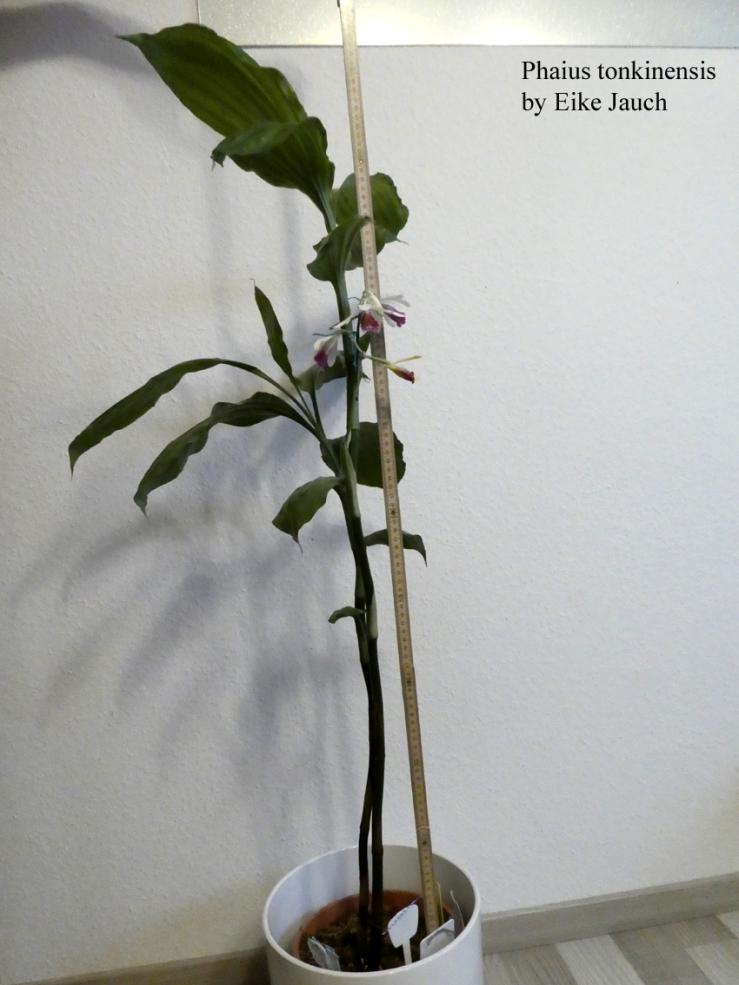
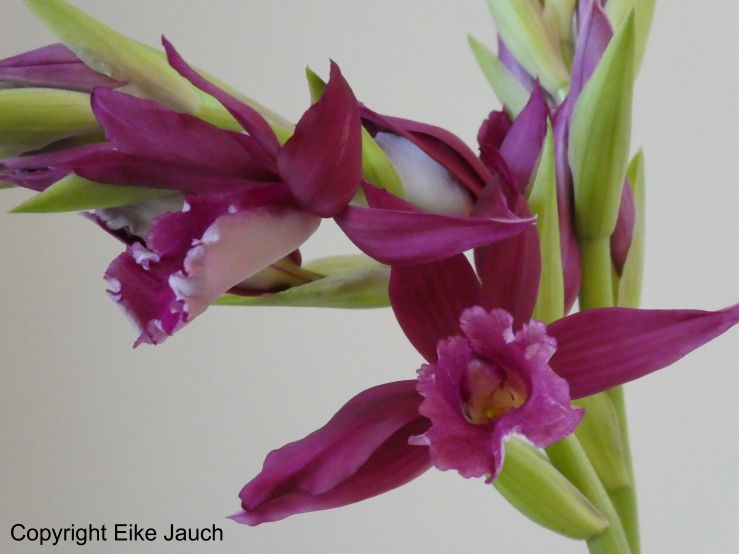
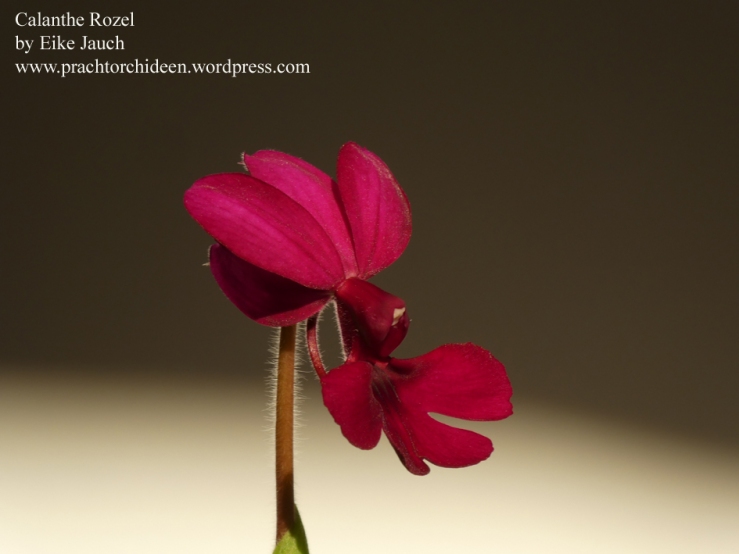
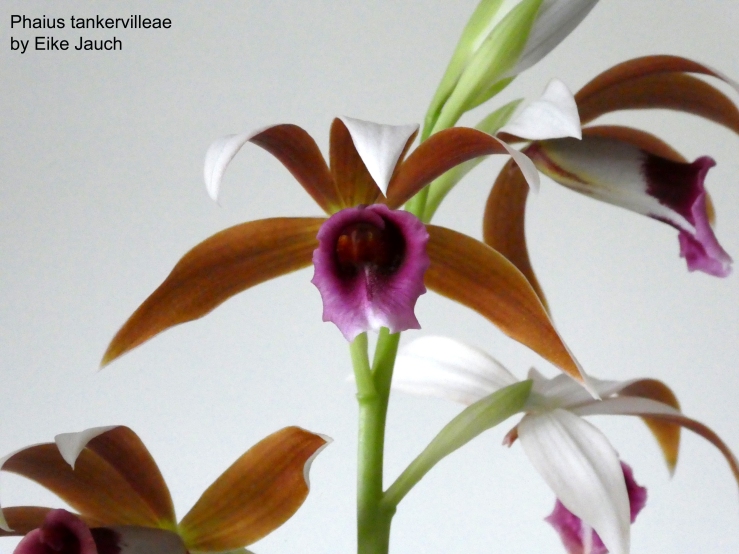
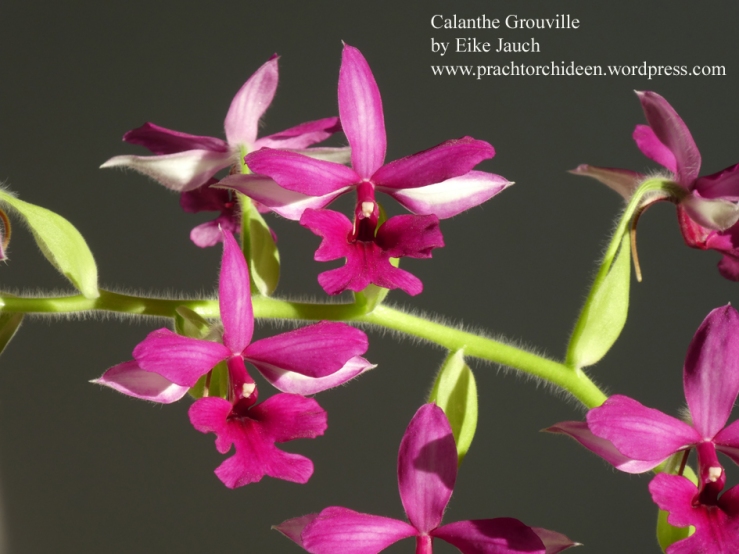
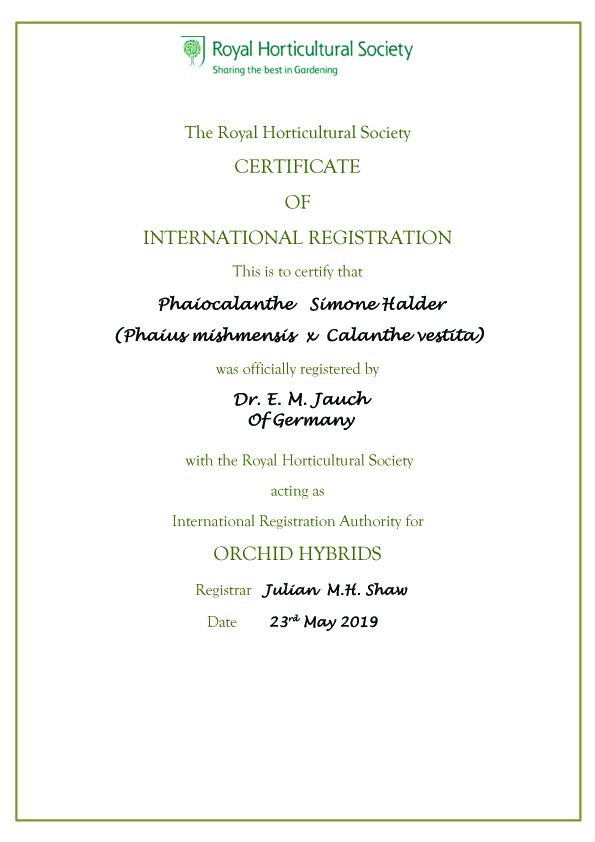
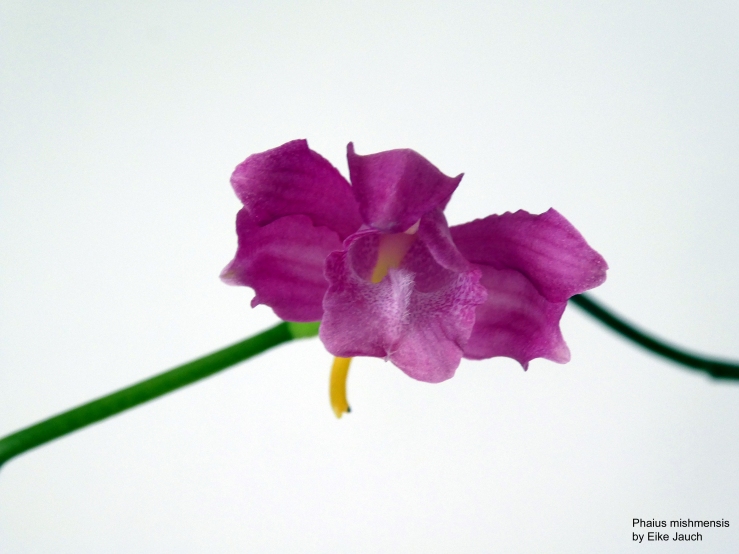
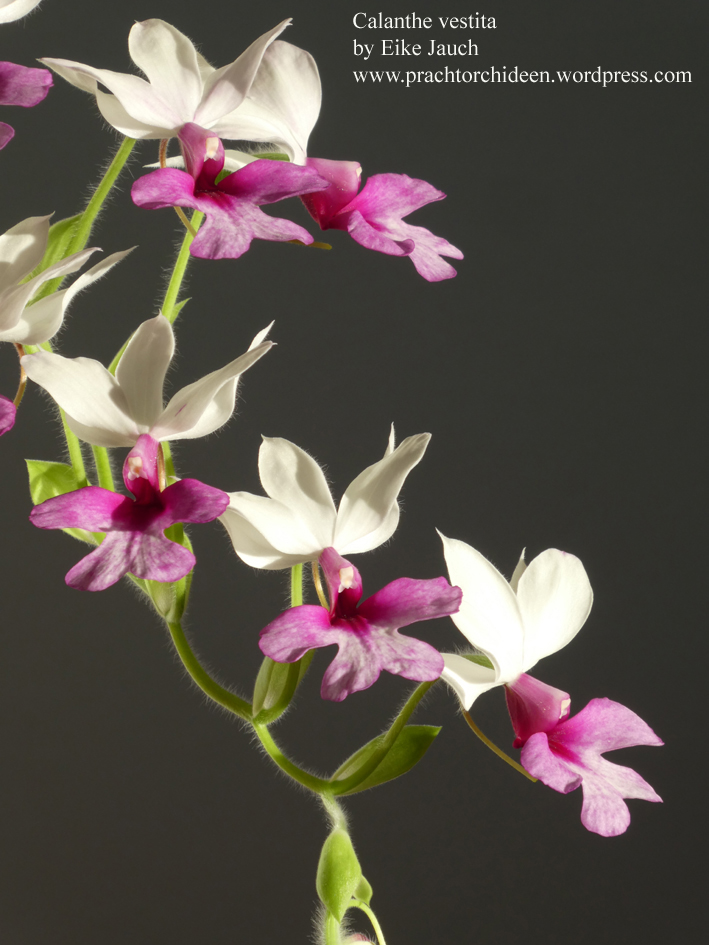
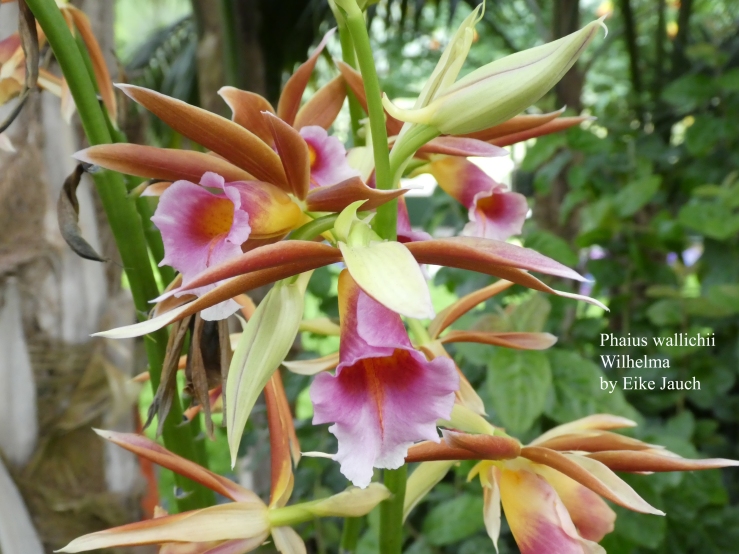
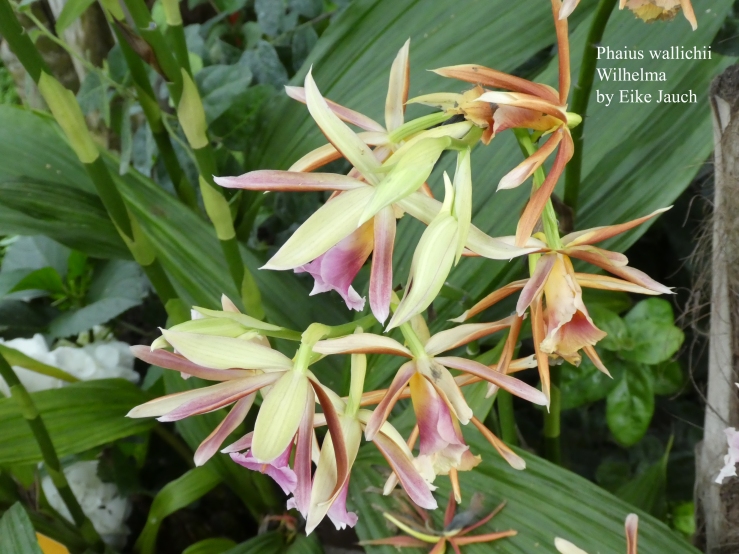
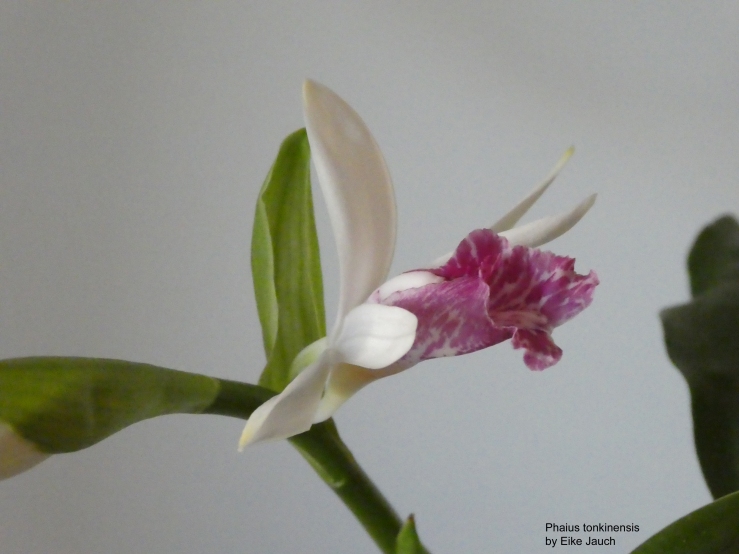

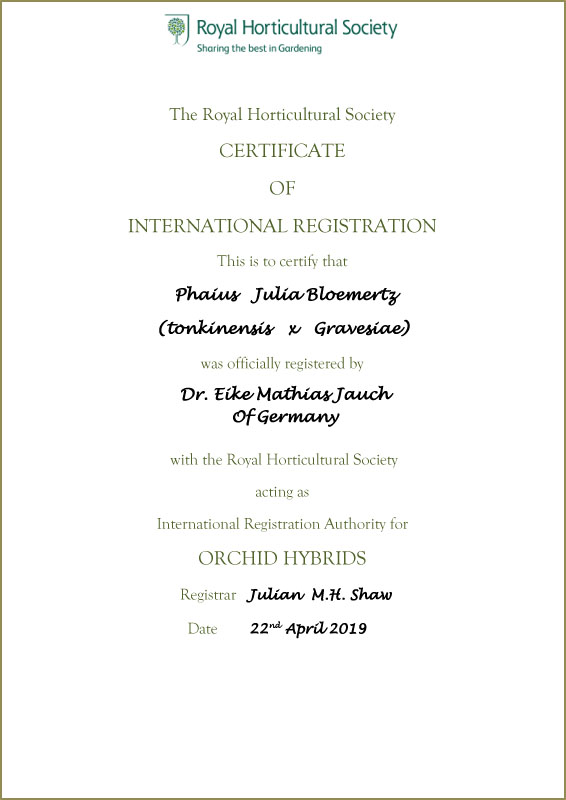
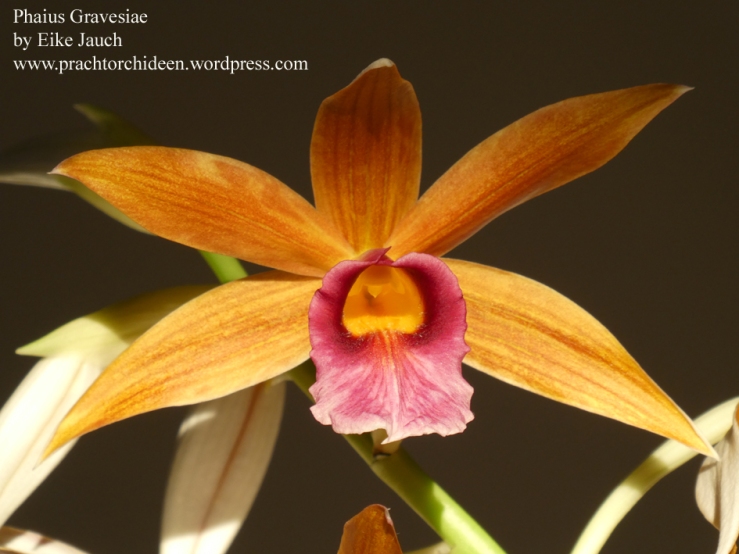

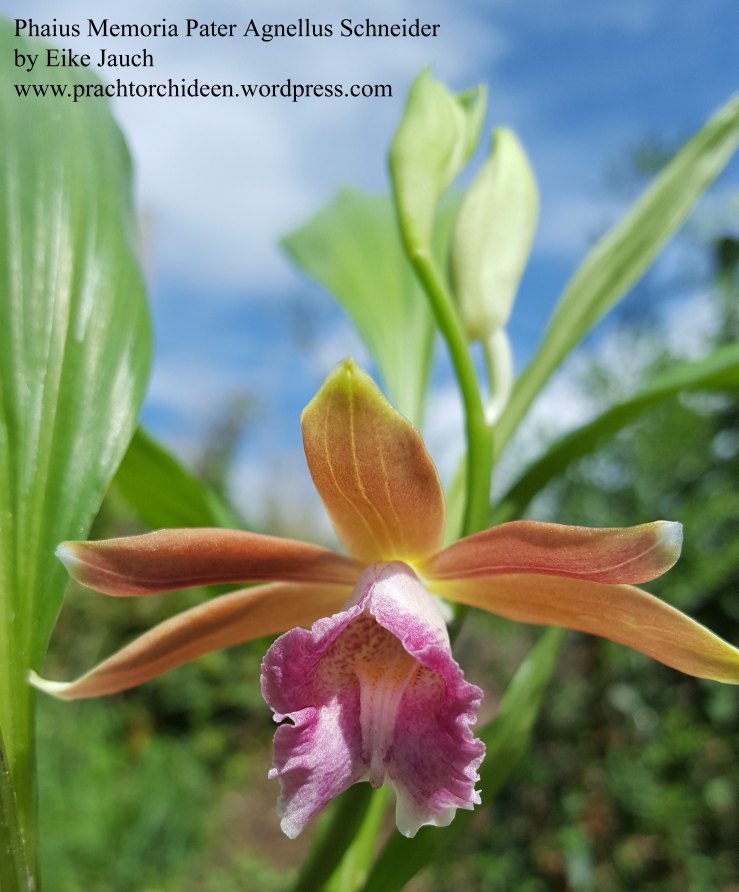

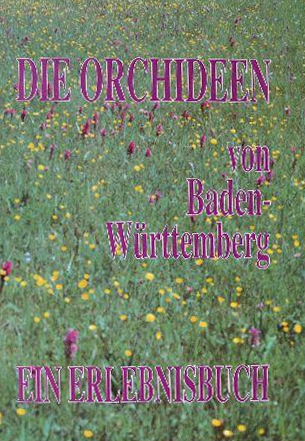
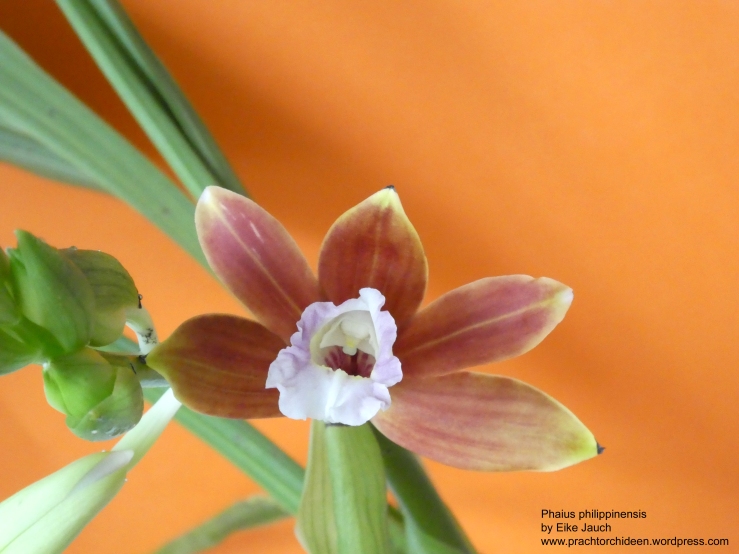
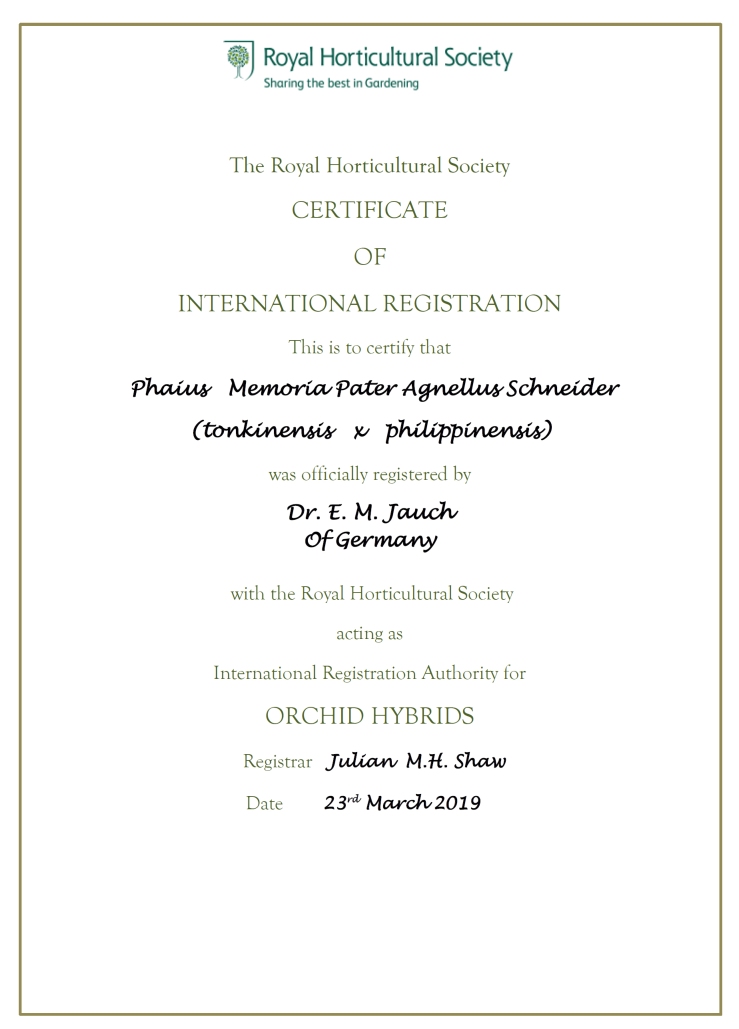
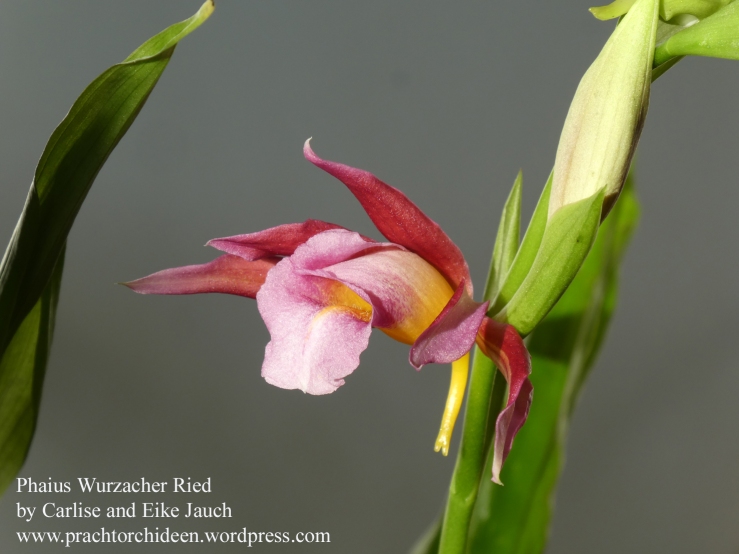
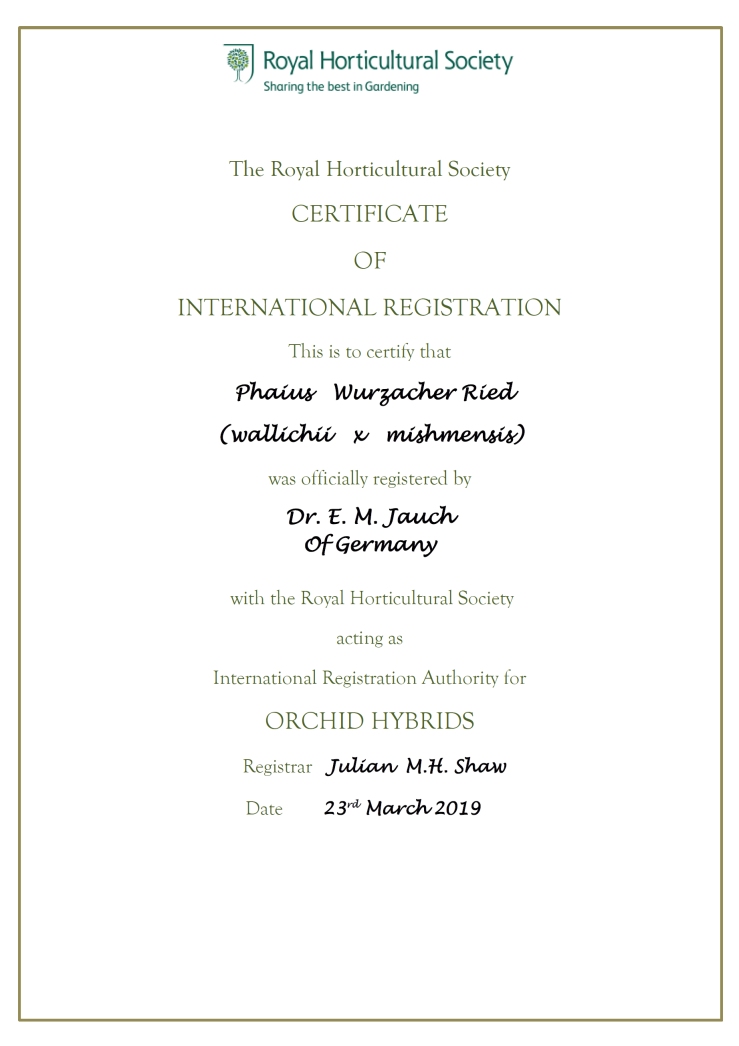
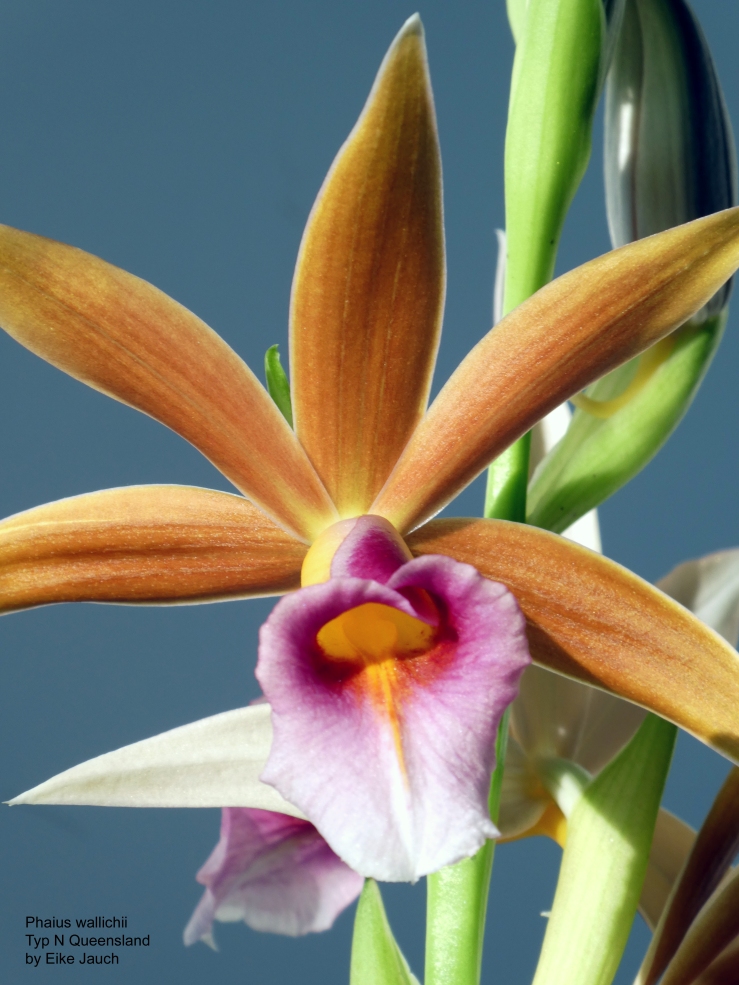
![20210529_174727[1]](https://prachtorchideen.wordpress.com/wp-content/uploads/2019/03/20210529_1747271.jpg?w=739)
